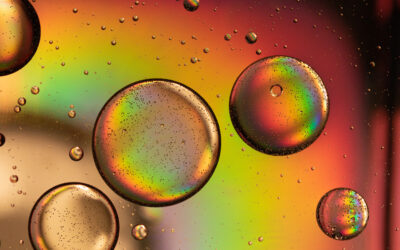Modern civilization depends on electric lighting to power homes, offices, roads, and industry. The right lighting can help us to navigate, stimulate and excite our senses, or create a calm, relaxing atmosphere. White-light-emitting diodes (WLEDs) are attractive due to their long operating lives and energy-saving abilities, and their natural color rendering is desirable for comfortable ambient lighting.
In Advanced Materials, Louzhen Fan, Shihe Yang, and co-workers from Beijing Normal University, Beijing Institute of Technology, and the Hong Kong University of Science and Technology synthesize highly efficient, red-emissive carbon quantum dots (R-CQDs) with a high quantum yield (QY) of 53% and a high color rendering index (CRI) of 97, which they use for ultraviolet (UV)-pumped, warm WLEDs based on tricolor CQDs: blue, green, and red.
The researchers synthesize the uniform-size (≈5 nm), highly crystalline R-CQDs using a dehydrative condensation and dehydrogenative planarization method followed by column chromatography. Under UV light in ethanol, these R-CQDs fluoresce bright red.
They then prepare red/green/blue tricolor CQD phosphors by dispersing the R-CQDs with their previously synthesized blue (B)-CQDs and green (G)-CQDs in a highly transparent polymer matrix of polyvinylpyrrolidone. The resulting photoluminescence spectra cover the full visible range and performance remains stable at temperatures up to 150 °C. A warm WLED lamp is then fabricated using a 370 nm UV LED chip as the excitation source, covered with silicone-dispersed B-, G-, and R-CQD phosphors. Compared to a commercial WLED lamp, their warm WLED lamp shows a truer color match.
To find out more about this high-color-accuracy, warm WLED, please visit the Advanced Materials homepage.

















